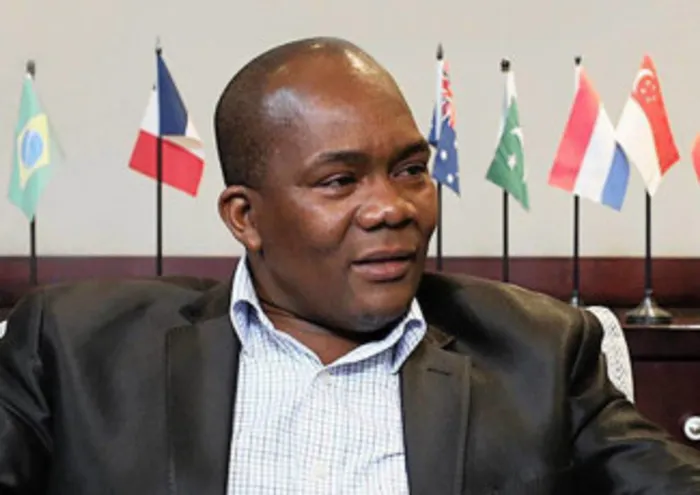Injustice lingers in air we breathe

eThekwini mayor James Nxumalo File picture: Bongani Mbatha eThekwini mayor James Nxumalo File picture: Bongani Mbatha
Durban - That many South Africans were breathing air harmful to their health was among the most stubborn remnants of apartheid, Deputy Minister of Environmental Affairs Barbara Thomson said on Monday.
Black settlements were often near industrial areas, the mining industry had been largely shielded from environmental regulation pre-1994, and limited access to electricity meant worsening air quality because of the burning of fossil fuels, she said at the ninth annual Air Quality Governance Lekgotla, held in uMhlanga.
The government has come under fire from environmental groups, which, in a report titled “Slow Poison”, accuse it of having a seemingly deliberate policy of going soft on big industry polluters, and delaying laws to protect citizens from toxic air.
Thomson’s department released its report on air quality yesterday, which acknowledged that the war on air pollution was being lost in parts of the country.
In the Vaal Triangle, the levels in the air of small particles of dust and chemical pollutant which could lodge inside human lungs (particulate matter) were beyond what was acceptable.
Presenting the report, senior Environmental Affairs official Tsietsi Mahema, made remarks such as “heaven help us” when presenting data for the Mpumalanga Highveld.
The Waterberg in Limpopo was another region of major concern.
Particulate matter was the “greatest national cause for concern” in terms of the quality of the air South Africans breathed.
The concentration of particulate matter in the air in the eThekwini Municipality was on the verge of surpassing acceptable standards.
The picture was far more optimistic in the battle against sulphur dioxide pollution across the country.
In eThekwini, the levels of sulphur dioxide pollution were below the limit, showing overall improvement, except in areas such as Jacobs and Wentworth, where it had risen.
Levels of sulphur dioxide in Estcourt and Pietermaritzburg were worrying.
Addressing the conference, eThekwini mayor James Nxumalo acknowledged the plight of the mainly working-class residents in the southern part of the city.
He said decreases in emissions in the South Durban Basin had been substantial, and were a result of the joint effort of that community and the government.
Asked how she would characterise the air in KwaZulu-Natal, national air quality officer Thuli Mdluli said there had been improvement, and it was “generally acceptable”.
The eThekwini Municipality is spearheading the formation of a knowledge network with 17 municipalities in KZN, as they work towards climate change mitigation and adaptation initiatives during the Central KZN Climate Change Compact at the Moses Mabhida Stadium next week.
The Mercury